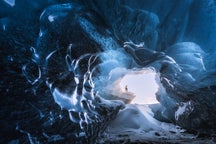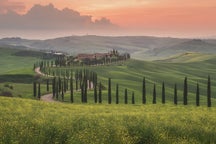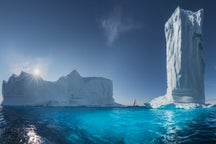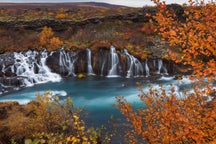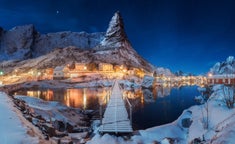Fjaðrárgljúfur is a magnificent and massive canyon, about 100 meters deep and about two kilometres long. The canyon has sheer walls, and is somewhat serpentine and narrow. The bedrock in Fjaðrárgljúfur is mostly palagonite from cold periods of the Ice Age and is thought to be about two million years old. The river Fjaðrá has its source in the mountain Geirlandshraun and falls off the heath edge in this stunning canyon until it makes it down into Skaftá river. Fjaðrá has changed a lot in the course of time. Today Fjaðrá is often rather low in water and therefore hikers can safely choose to walk inside the canyon. However, wading is necessary fairly often. Deep in the canyon there are waterfalls so one needs to walk the same way back. Most people choose to walk along a walking path up on the canyon's edge while simultaneously enjoying the view above the canyon.
Formation of the Fjaðrárgljúfur canyon
It is believed that Fjaðrárgljúfur formed at the end of the last Ice Age, about nine thousand years ago. When the glacier retreated, a lake formed in the valley behind a hard resistant rock. The run-off from the lake flowed to where Fjaðrárgljúfur is today. Glacial rivers from the glacier's edge carried a lot of sediment into the lake and the river which ran from it dug itself down into the rock and down onto the palagonite in front of it. Because the cascade has been so large, it was powerful in digging out the canyon. Eventually the lake filled with sediments and the river's strength dwindled. When the lake filled up completely, the river began to dig itself into the sediment layers which it had previously left in the valley. Fluvial terraces on both sides in the valley give an indication about the original height and location of the lake while a deep channel in the palagonite serves as a silent reminder to the power of nature.


